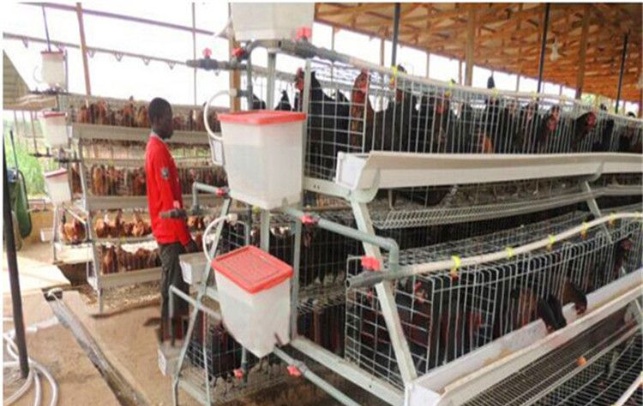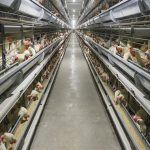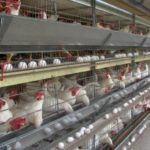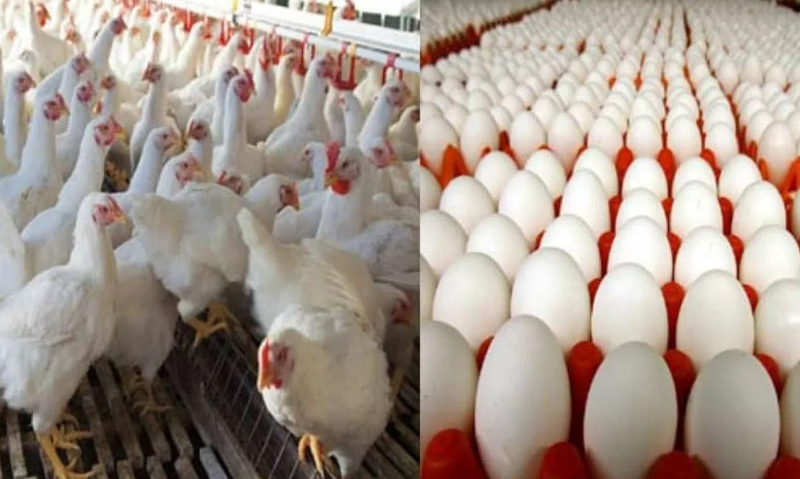In Lusaka, the capital of Zambia, as people pay more attention to healthy eating, the demand for egg products is increasing. Establishing a farm with 5,000 laying hens can not only meet market demand, but also be an investment project with good economic benefits. So, how to start such a farm in Lusaka? This article will discuss market research, site selection, facility construction and feeding management.
Market research for laying hens
Market research is the first step in starting a farm, and it is crucial to understand market demand and competition.
- Demand analysis
First, investigate the demand for eggs in Lusaka and surrounding areas. This can be achieved by visiting local supermarkets and farmers’ markets and observing the sales of different brands and types of eggs. At the same time, consider the impact of holidays and special events (such as weddings and religious celebrations) on egg demand in order to formulate a reasonable production plan. - Competition analysis
Secondly, it is also essential to understand the situation of competitors. Investigating the scale, product quality, pricing strategy, etc. of existing farms can help you find your own advantages. For example, if there is a lack of organic or free-range eggs in the local market, you can consider focusing on this market segment. - Policies and regulations
Finally, you should be familiar with the local government’s policies on the breeding industry, including registration procedures, environmental protection requirements, and animal disease prevention and control measures. This information can help you conduct business on a legal and compliant basis and avoid possible troubles in the future.

Site selection for laying hen breeding
Site selection is one of the key factors for the success of a farm, which directly affects operating costs and efficiency.
- Geographical location
It is very important to choose a location with convenient transportation, sufficient water sources, and far away from pollution sources. Convenient transportation can reduce transportation costs, and sufficient water sources are the basic conditions for ensuring the growth of chickens. In addition, choosing a place far away from large industrial areas can also reduce the impact of environmental pollution on chickens. - Land area
For a farm with 5,000 laying hens, it is recommended to have at least 5,000 square meters of land to provide enough space for chicken houses, feed storage areas, and activity venues. At the same time, consider the possibility of future expansion.
Construction of laying hen breeding facilities
After selecting a location, the next step is facility construction. Reasonable facility design can improve breeding efficiency and ensure the healthy growth of chickens.
- Chicken house design
The chicken house is the main place for laying hens to grow and lay eggs. The following points should be considered during the design:
Good ventilation: The chicken house needs to have a good ventilation system to maintain air circulation and reduce the risk of disease.
Temperature control: According to seasonal changes, design an appropriate temperature control system to ensure that the temperature in the chicken house is suitable.
Cleanliness: The interior of the chicken house should be easy to clean and equipped with a sewage system to ensure the health of the chickens. - Feed storage area
Feed is the most important part of the breeding cost, so a special feed storage area needs to be set up to keep the feed dry and hygienic to avoid mildew and insect pests. - Activity place
Providing a certain amount of activity space for chickens will help them grow healthily. A closed activity area can be set up outside the chicken house for the chickens to move freely, which will not only improve the quality of life of the chickens, but also help increase egg production.

Feeding and feeding management of laying hens
Scientific feeding and management is the key to ensuring successful breeding.
- Feed formula
The feed formula of laying hens should be adjusted according to their growth stage. Generally speaking, laying hens need high-protein, high-energy feed to ensure egg production. You can choose a professional feed company to formulate a suitable feed formula according to the needs of the chickens. - Vaccination
Regular vaccination of laying hens is an important measure to prevent diseases. A scientific immunization program should be formulated according to local climatic conditions and common diseases to ensure the health of the chickens. - Daily management
Daily management includes observing the health of the chickens, recording egg production, and regularly cleaning the chicken coop. Timely detection of problems and taking corresponding measures can effectively reduce losses.
How to start a laying hen farm in Lusaka faster
For Lusaka poultry farmers who want to start laying hen farming quickly, well-known manufacturers and suppliers such asLIVI Poultry Equipment Manufacturersoffer a range of options that suit different needs and budgets. They provide a full range ofautomated laying hen farming equipmentto help farmers start laying hen farming more easily.
Conclusion
Setting up a five thousand laying hen farm in Lusaka is a business project full of potential, but the key to success lies in comprehensive preparation and scientific management. Through market research, reasonable site selection, facility construction and scientific breeding management, you can effectively reduce risks and increase profits.








